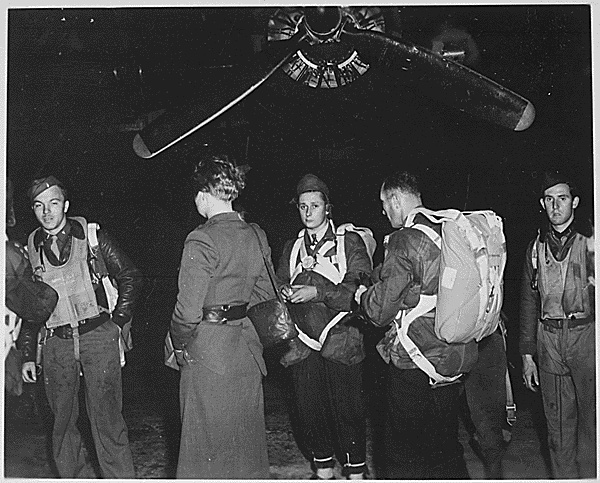The New Yorker is not, by any definition, a fashion magazine, but it is—and nearly always has been—a magazine concerned with fashion. The publication’s mascot, Eustace Tilley, is, after all, defined by accessories: his gleaming top hat, crisp white gloves, and dandyish monocle are all totems of both persnickety good taste and the febrile effort behind chasing it. He is equal parts fashion critic and fashion victim, squinting at the world through an eyepiece that was already passé by the time he was created. In other words: it is a very good joke, and one that set the enduring tone for the magazine’s dual-minded approach to writing about consumer goods. From the start, The New Yorker’s fashion-and-beauty reportage has walked the thin runway between seriousness and silliness, enthusiasm and exasperation, respect for lovely things and skepticism about how they’re sold.
The beat has passed through many hands, and most who tackled it were not sartorial obsessives but, rather, gregarious generalists. In October, 1925, the magazine’s founding editor, Harold Ross, put a recent Vassar graduate named Lois Long in charge of a chatty shopping column called Fifth Avenue. (Within weeks, the name shifted to On and Off the Avenue, presumably to encompass other promenades.) Long, who also wrote a night-life column under the pseudonym Lipstick, had little experience writing about clothing, but she more than made up for it in panache. Her early pieces feature an exuberant cascade of opinions about what constitutes good—or tragic—style. (Good: Deauville sandals, badger-fur collars; bad: perfumed cigarettes, ostrich-feather fans.) Long loved things, but never forgot that things cost money, and sought to encourage both appreciation and discernment. Ralph Ingersoll, the managing editor from 1925 to 1930, wrote that Long “combined two rare ingredients: an ability to be perpetually stimulated, blended with an ability to be perpetually critical.”
These rare ingredients commingle in all my favorite fashion pieces from the archive. But, if there is one writer’s œuvre that I keep returning to, it is that of Kennedy Fraser, a British-born critic who took over the shopping column—then briefly titled Feminine Fashions—in 1970, at the behest of the editor William Shawn. In the course of two decades, Fraser wrote dozens of reviews and profiles, but to my mind her best piece was one of her last, the novella-length opus “As Gorgeous as It Gets,” from 1986, for which she embedded at the Estée Lauder company as it launched a perfume called Beautiful.
What makes the piece notable is its exhaustive, generous attention to what might seem—to some—a frivolous subject. The article is a smorgasbord of detail, brimming with characters, including C-suite executives, public-relations staffers, marketing V.P.s, and Lauder herself, for whom Fraser reserves her best descriptions. (Lauder enters rooms like “some splendid insect queen”; at the airport, she waits for luggage “like a terrier at a rabbit hole.”) Fraser is a master of the stylish adjective, often inventing her own compound words: “At the ruby-lit, wintery-velvety Christmas luncheon,” she writes, “Esteé Lauder presented me with nice, woman-to-woman quotations as if they were hors d’œuvres.” The article is sensually potent; Fraser sniffs “vermicelli-like strings of vetiver” and details a corporate party at which saleswomen, “fragrant from their baths, in clouds of Beautiful,” arrive, “rustling like pale water lilies in full-skirted chiffon, silk, or spangled net.” This is delectable prose, near-lickable. But Fraser retains her cocked eyebrow, ever aware that the pomp is in service of a product for which demand has been calculatingly manufactured.
Fraser, who is now in her seventies, told me recently that the piece was a bold risk for Lauder, who had never let a journalist peer so far inside the kingdom. Granting access “involved summit-level seriousness and tense discussion.” But, Fraser said, she was pleased with the result, inasmuch as the piece captured something vivid about collective desire. “I was always terribly ashamed to be a fashion writer, because everyone else was writing on serious subjects,” Fraser told me. “Mr. Shawn told me that I would not write about fashion forever, that I could always move on. But I’m sorry now that I ever felt ashamed. Because, as long as fashion is changing, it’s a very interesting way of observing society.” ♦
Premium IPTV Experience with line4k
Experience the ultimate entertainment with our premium IPTV service. Watch your favorite channels, movies, and sports events in stunning 4K quality. Enjoy seamless streaming with zero buffering and access to over 10,000+ channels worldwide.
















